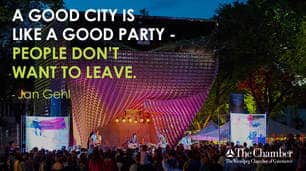
Winnipeg is expected to grow to over one million people in the next 15 years. Are we building a livable city for the 21st century? Will Winnipeg’s development, transportation and urban planning transform our economy in this time of imperative change?
As our city nears completion of its review of OurWinnipeg – the city’s long-range growth planning strategy – we explore five issues facing our city’s growth:
1. Transportation
Transportation remains a top concern for Winnipeggers. As our city grows, so will traffic congestion and commute times unless we find better ways of getting around. How can we achieve friction-free movement of people and goods? Building viable trade routes could improve economic opportunity for local industries and divert semi-trucks and trains away from our city center and residential neighbourhoods. Public transit, ridesharing, carsharing, bikesharing and even electric scooters could work together to form a mobility network that provides a viable alternative to car ownership.
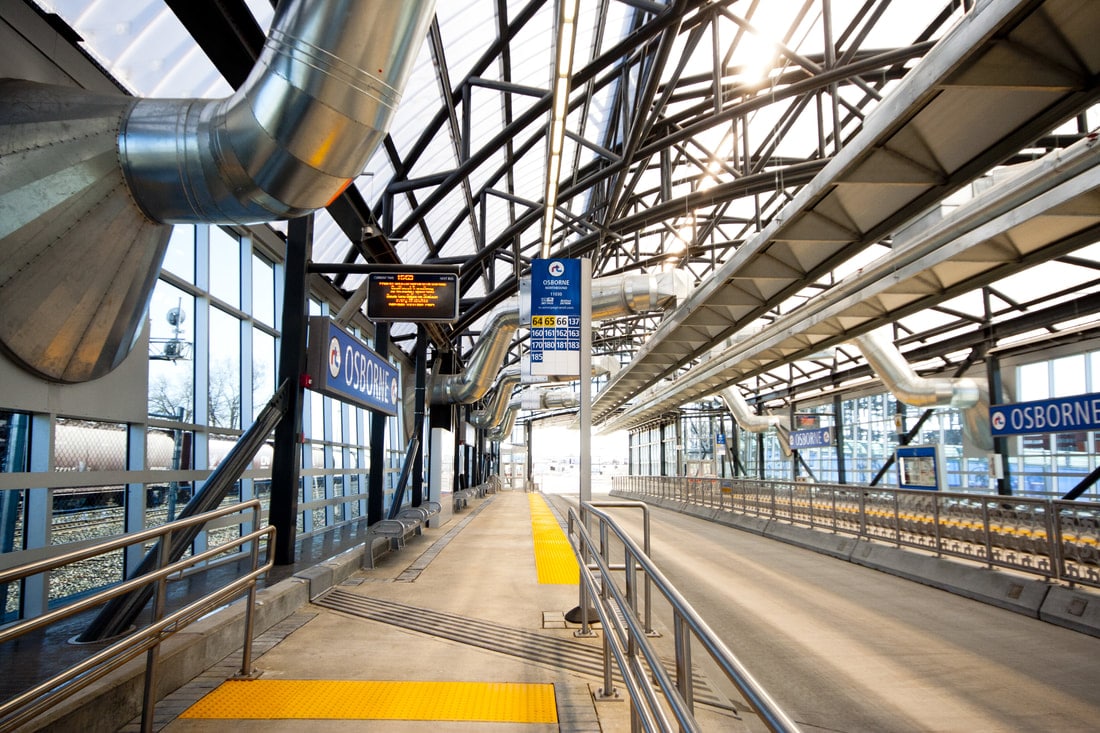
Rapid Transit Osborne Street Station. Image provided by The Winnipeg Chamber of Commerce.
2. Infrastructure
We’ve all heard the cries to “fix the damn roads!” While progress has been made over the past few years, 43% of all respondents in the most recent Citizen Survey said we need to improve road conditions*. We still need to fill potholes, but we also need to prioritize investments in green infrastructure to reduce our environmental impact and build facilities such as recreation centres, libraries and parks that make our community more livable.
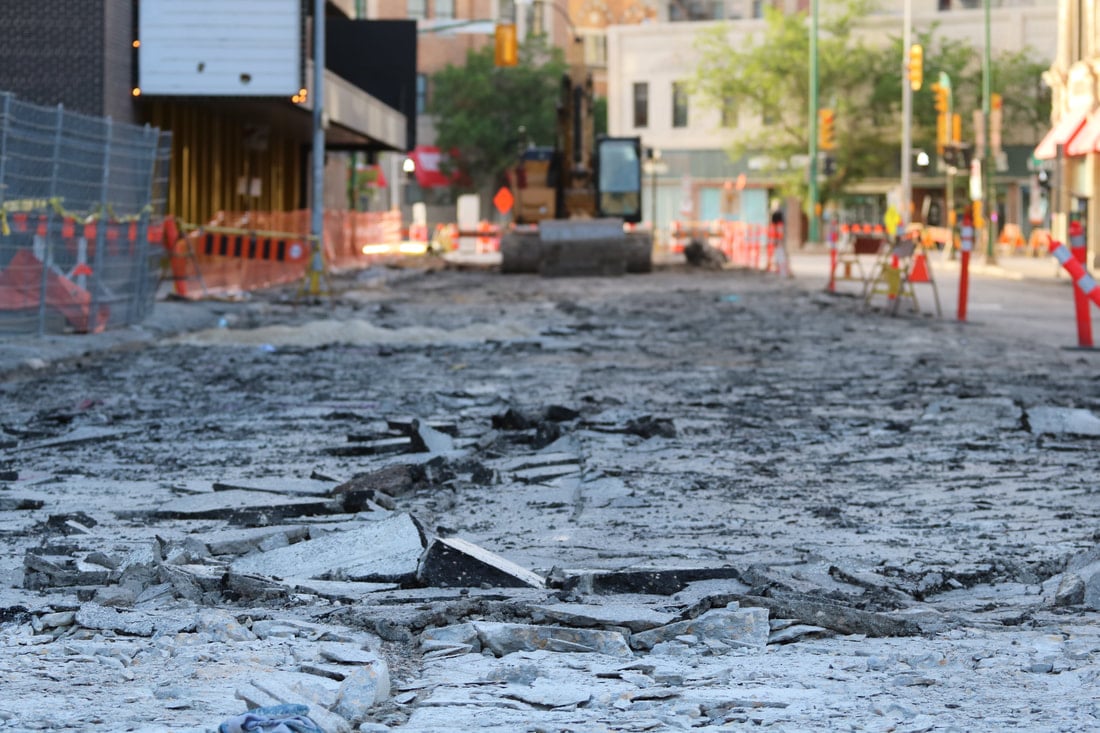
2018 construction site on Garry Street. Image provided by The Winnipeg Chamber of Commerce.
3. Housing
Over the next 25 years, Winnipeg’s population is expected to grow by over 200,000 people – creating an annual demand for about 4,000 housing units
*. Where are those people going to live and how can we provide the infrastructure and services they need as efficiently as possible? Building new, mixed-use communities is one option, but also needed is more infill-housing to increase density and make more efficient use of roads, sewers and services already in place.
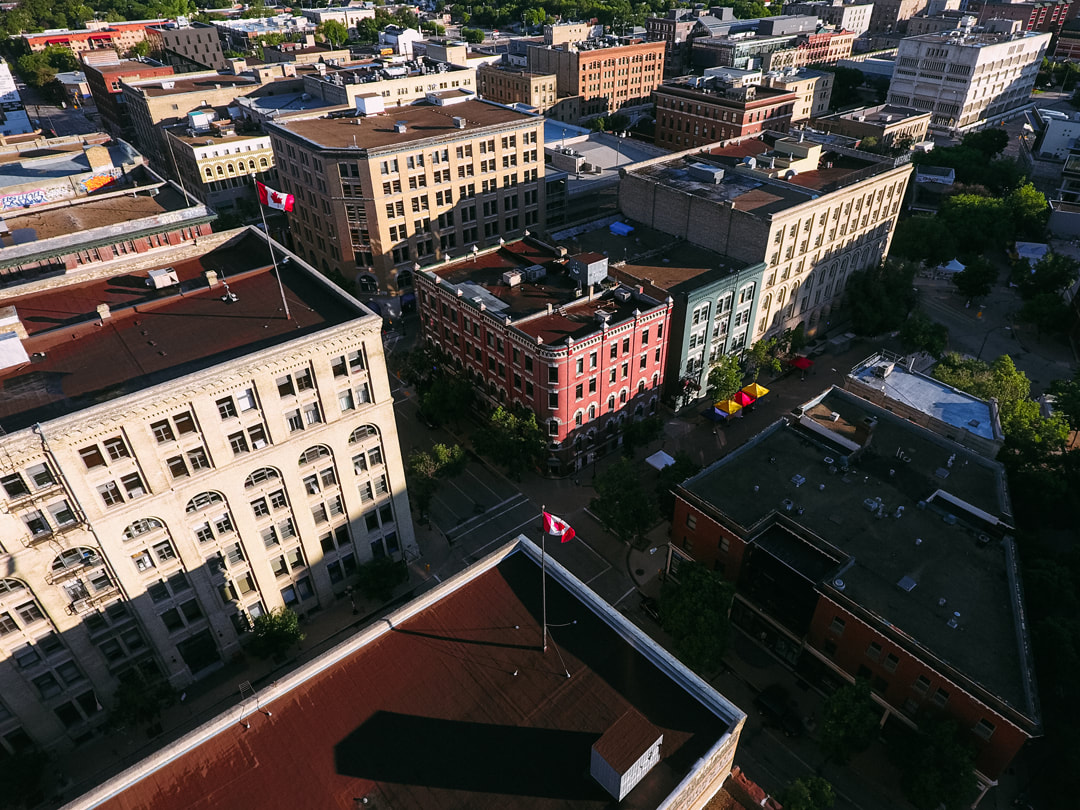
View of the Exchange District. Image provided by Tourism Winnipeg.
4. Preserving the Natural Environment
With a city growing as fast as ours, it’s important we remain cognizant of our urban development and lifestyle choices. Whether it’s making an effort to lessen our carbon footprint by living in a multi-family home, moving to a smaller home, or taking public transportation to reduce greenhouse gas emissions, we have the power to create positive change.
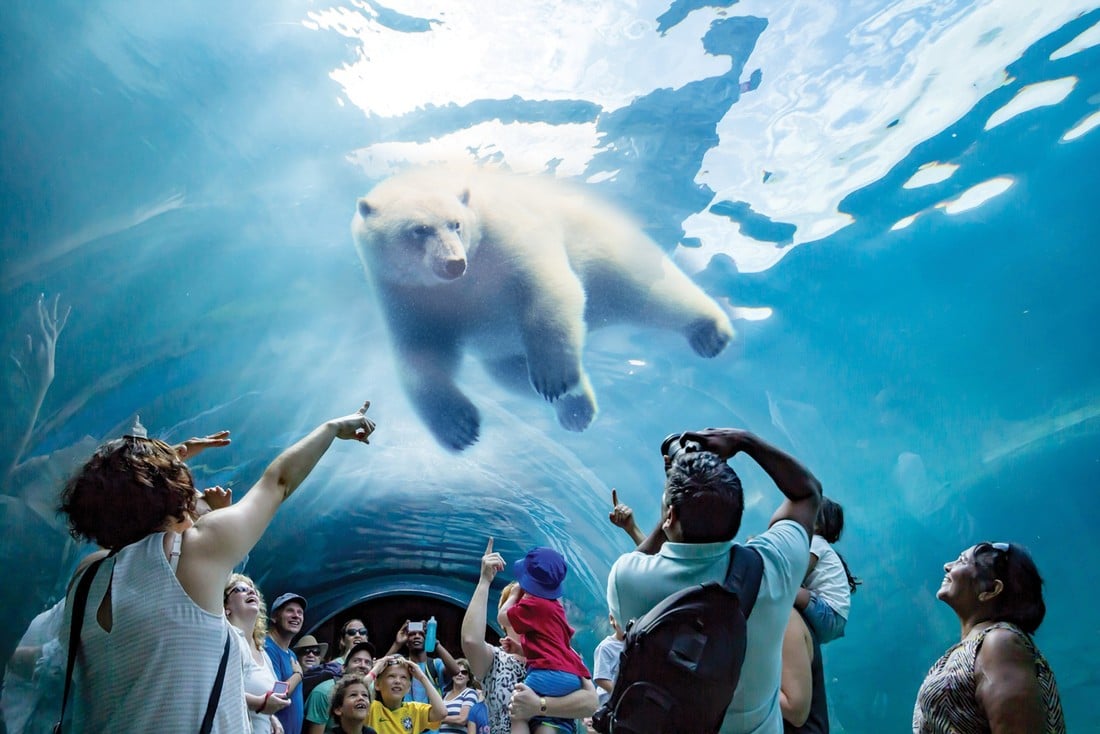
Polar Bear at Assiniboine Park Zoo’s Journey to Churchill exhibit. Image provided by Tourism Winnipeg.
5. Social Change and Equity
Winnipeg needs to continue to strive to be a city that treats people fairly and respectfully while accommodating social differences. As our city develops, we need to create an environment designed to benefit all ages and abilities. Winnipeggers want to see increased community programming and gardens, a vibrant arts & culture scene and more recreation services. Let’s remove systemic barriers and create places where everyone feels welcome.
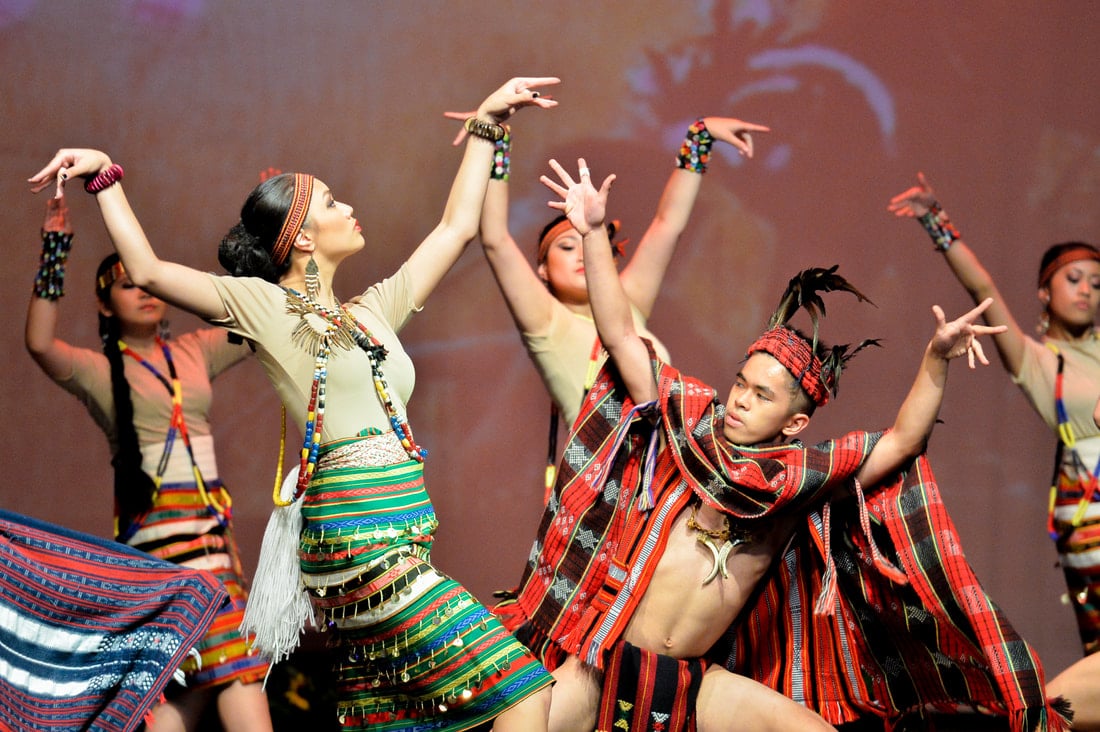
Folklorama Nayong Pilipino performers. Image provided by Tourism Winnipeg.
Join us on Wednesday, September 19 for a half-day conference on Building a Smart Livable Winnipeg for the 21st Century with special guest speaker Jan Gehl, a global leader in people-centered urban design. Learn how we compare with other Canadian cities and hear how local and national leaders create smart livable cities.
TICKETS
Conference + Jan Gehl Luncheon package:
$105 +GST ($25 savings) | available to members only
Conference only:
$75 + GST










